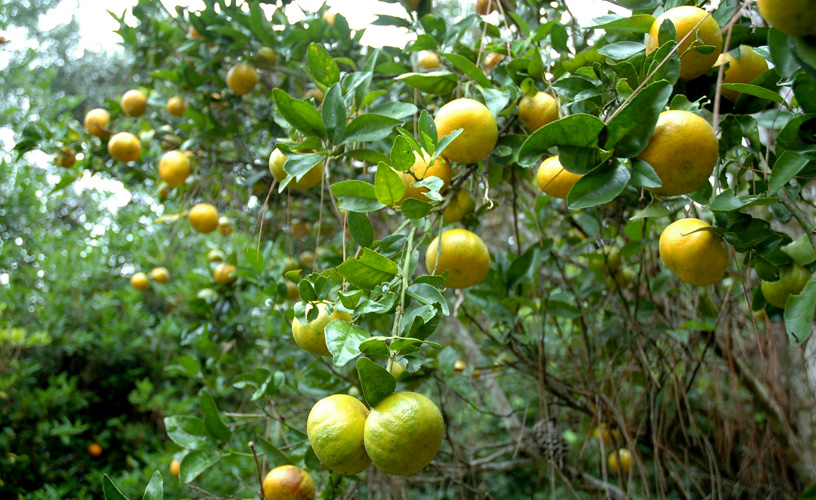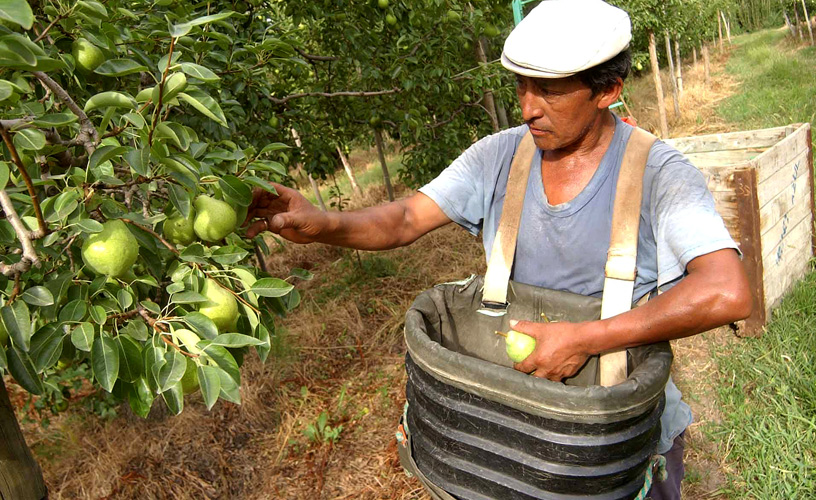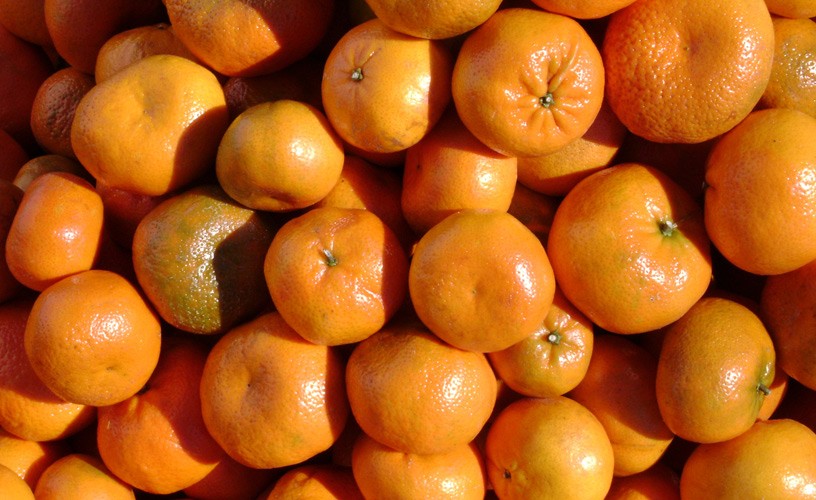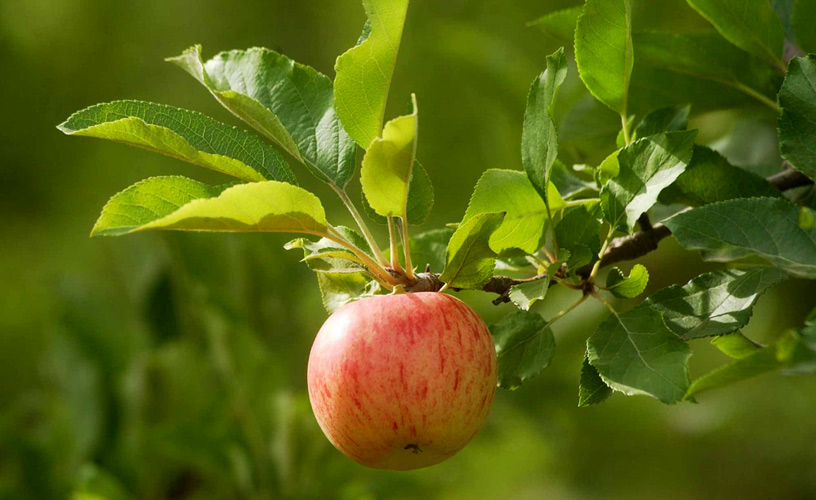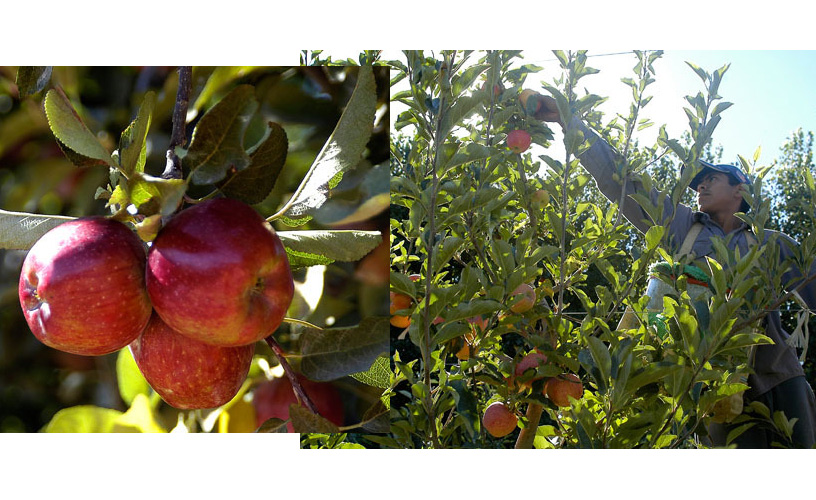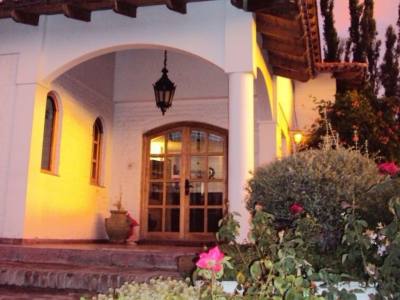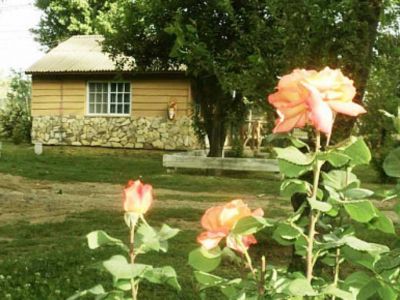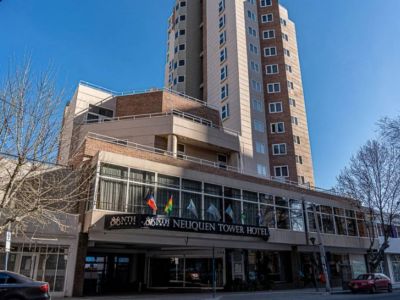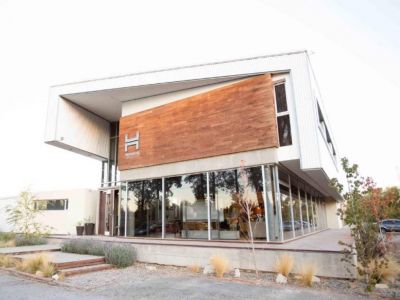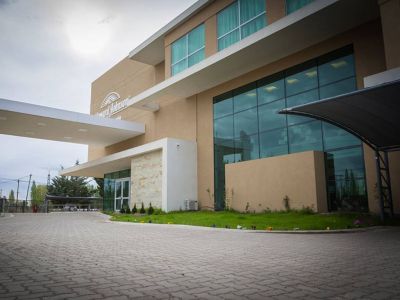While traveling along the routes of Alto Valle, we came close to several cultivated fields which, in spite of the changes in the weather, continue to deliver high quality products.
Starting at the City of Neuquén, a complete tour around the valley shows the core of economic activity in the Provinces of Neuquén and Río Negro.
The roads of Alto Valle feature an excellent letter of presentation: hectares and hectares of crops, especially fruit trees and bushes that glow with new blooms at certain moments of the year. This is a true ride itself, but there is something else: some farms are open to visitors and show the production process.
The area is crossed by the Negro, Limay and Neuquén Rivers and lies close to the gates of Argentinian Patagonia. The Provinces of Neuquén and Río Negro share its 120 kilometers of extension and proudly boast an industry that goes around the world. That intricate network of rivers and creeks, along with the rainfall regime, contribute the necessary humidity the production area needs to develop.
The fertile soil of the valley defined its fruit production profile in 1930, when a channel irrigation system was already operating. In addition to all this, the arrival of the railway, which enabled the product to be shipped to consumption centers, helped to consolidate the richness of the region.
Yesterday and Today in the Farms
In 1883, the State divided the fields and created the agricultural colonies. General Roca was the first one to plant alfalfa. Afterwards, the company of English capital that took charge of the construction of the railway system became the owner of the main lands lying next to the irrigation channel. It was the employees of the channel works and of the railway who first bought the plots of land for crops to grow alfalfa, cereals, grapes and fruit.
This is how the family farms that grew Williams pears and Deliciosa apples started to be shaped as the main axis of production.
Year after year, the data corresponding to the tons of pears and apples produced in the region, along with the by-products (concentrated juice, cider, etcetera), are surpassed. Little by little, other crops, such as grapes, tomato and bone fruit such as plum and peaches, to name a few, start to appear.
Allen has become the Argentinian capital of pears and as such, it celebrates its National Pear Festival every year in February. In turn, General Roca also organizes its National Apple Festival during the same month. Both occasions are appropriate for a great audience to come along from other cities and join the celebrations of the local producers that concentrate their stands and high quality musical shows at this event.
There are more than enough reasons to visit the farms and discover that fantastic world that produces the best fruit in our tables.
Mónica Pons
Jorge González
